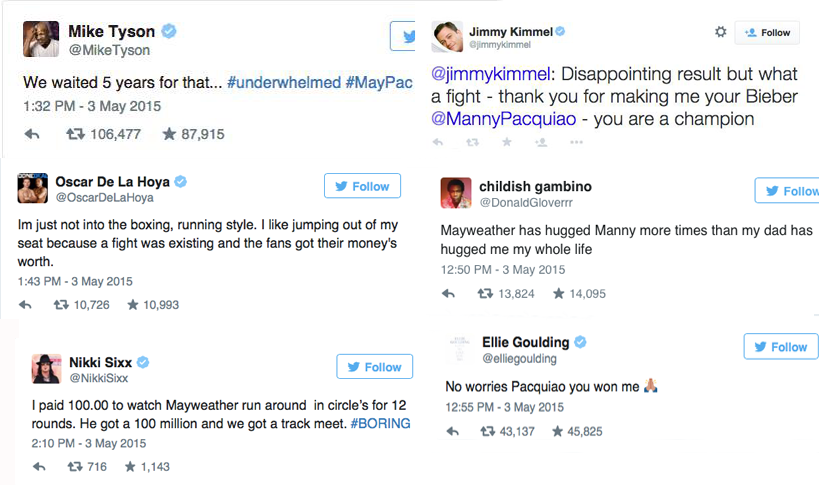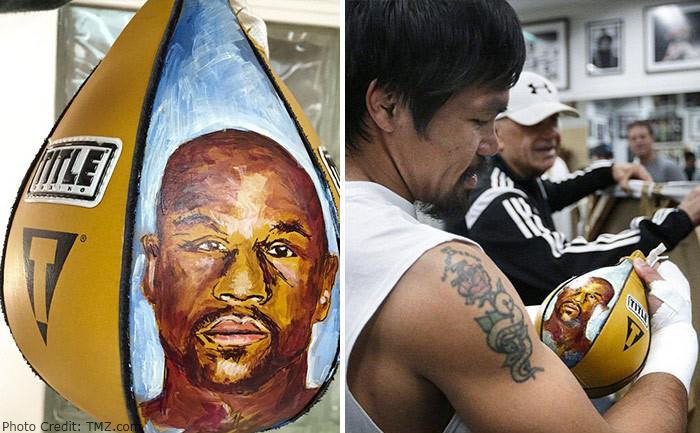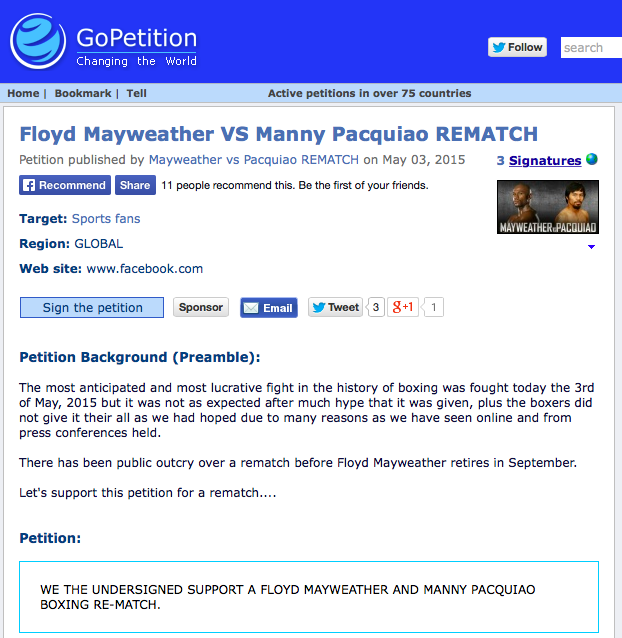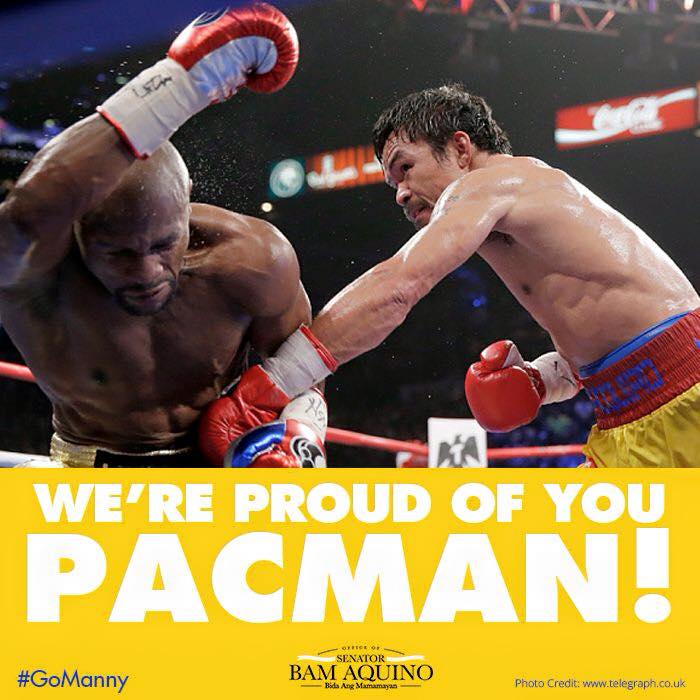Bam on the Liberal Party’s 2016 Process and Canada’s Trash (Excerpt on Status Update)
On LP split due to Grace Poe’s entry
Hindi naman. We’re part of a democracy. Demokrasya tayo. Siyempre po, may gusto tayo at ayaw. Gaya ng taumbayan, may mga gusto kay ganyan, may mga gusto kay ganoon. Siyempre, ganoon din po ang Liberal Party.
May proseso pong pinagdadaanan. Palagay ko naman kapag tapos na ang prosesong iyan ay muling magsasama-sama ang partidong kinalalagyan ko.
Nasabi ko na rin ito noon. Ang palagay ko, ang pagpili sa taong mamumuno, whether president man iyan, senador, congressman, mahalagang proseso. Importanteng proseso at kinakailangang iniisip talaga iyan at pagdaanan ang tamang proseso.
Tama rin lang na tingnan natin ang lahat ng puwede at lahat ng may gustong tumakbo para sa mga posisyong natin. Tanungin natin sila, ano ba ang plano nila para sa ating bansa, ano ba ang maibibigay nila sa ating bansa.
Siguro sa prosesong iyon, mapipili kung sino ba ang dapat suportahan. Ganyan naman ang proseso ng demokrasya, Hindi puwedeng instant-instant.
Kapag natapos na ang desisyong iyan, hindi na po tatanungin, nag-i-split ba, naghahati-hati ba. Dahil may panahon pa namang magkakasama-samang muli. That’s really part of the process.
Ang tanong ko diyan, iyon ba talaga dapat ang tanong. Hindi ba dapat ang tanong, ano ba ang plano ng taong ito para sa atin?
Kasi, personality based na lang. Ang lalabas diyan, pagandahan, papogian, pagandahan ng commercial na naman iyan. Dapat tanungin natin, ano ba talaga ang plano nila. Sino ba ang may kakayahan na dalhin tayo sa kinabukasan?
Five years from now, dapat ang Pilipinas yumayaman na, dapat ang mga kababayan natin di na kailangang mangibang bansa para makakuha ng magtrabaho, dapat iyong mahihirap mayroon nang pagkain, trabaho at may negosyo na.
Ang tanong diyan, sino ba ang tutulong sa atin na madala ang bansa doon? Palagay ko, iyon din ang tinatanong sa mga gustong tumakbo.
Kapag nasagot na ng partido, iyon po ang susuportahan natin. At may proseso pa.
On Canada’s trash
I think ang issue po dito, hindi po maayos ang proseso ang pagdala ng waste materials dito. Kung iayos ang prosesong iyan, kailangang ilagay iyan sa tamang lugar, kasama na ang ibalik.
The fact na ipatatanggal natin iyan, kailangang kung may papasok dito na waste material, dapat dumaan sa tamang proseso.
Kung mali ang proseso, dapat hindi natin tatanggapin. Kung mali ang proseso, dapat ibalik sa pinanggalingan.
Mahirap pag hazardous. Pag sa landfill iyan, maraming maaapektuhan gaya ng tubig.
Babantayan po natin iyan. Kapag mali ang proseso, mali ang proseso.
















Recent Comments